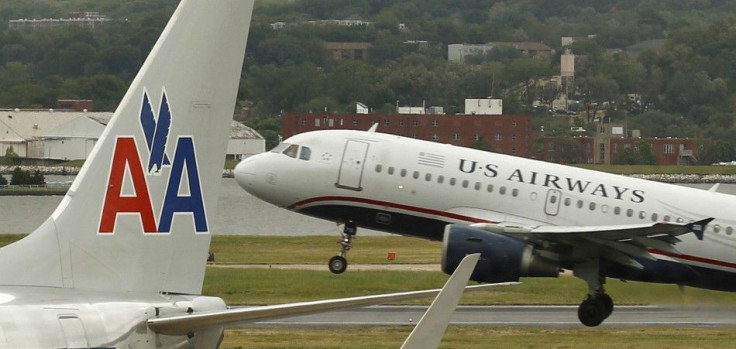American Airlines Pilot Contracts Can Be Abandoned, Judge Says

AMR Corporation's (PINK: AAMRQ) American Airlines took a major step toward emerging from bankruptcy after a federal judge tossed out its pilots' union contract, ending a dispute with the only union it had failed to reach a deal with on concessions.
U.S. Bankruptcy Judge Sean Lane in Manhattan on Tuesday granted American Airlines' request to reject the pilots' contract, saying the company successfully corrected certain issues that had caused him to reject its earlier request and the proposed changes to the agreement are necessary for the airline's restructuring.
American Airlines' management has already negotiated concessions from its flight attendants, maintenance workers and other unionized employees. The pilots voted down AMR's final offer on Aug. 8. The contract would have provided pay raises and a 13.5 percent stake in the new company in exchange for more flexibility to shift flying to partner airlines.
AMR, which has said it needs to reduce annual labor costs by about $1.25 billion a year to become profitable, can now impose temporary work terms on its pilots while both sides continue to work on long-term deals. The airline has lost more than $10 billion since 2001.
The ruling is a victory for AMR, which blamed its November bankruptcy filing on labor costs that it said exceeded competitors' by as much as $800 million a year. The airline has about 7,500 active pilots.
Pilot leaders maintained they still had leverage over the third largest U.S. carrier by traffic.
"Management won't be able to restructure successfully without first reaching a consensual agreement with us," said Allied Pilots Association President Keith Wilson in a message to members. Wilson said union leaders will convene on Sept. 10 to determine their next steps.
The judge's decision will quicken American's emergence from Chapter 11 bankruptcy protection, either as a stand-alone airline or potentially merged with US Airways Group, Inc. (NYSE: LCC).
Fort Worth-based American Airlines, once the top domestic and international carrier in the nation, missed out on the mega-mergers that reshaped the industry in the last decade. As a result, American now competes against much bigger rivals, including United Continental Holdings Inc. (NYSE: UAL) and Delta Air Lines Inc. (NYSE: DAL), which merged with Northwest. American's rivals are not just bigger; they are leaner and meaner after shedding billions of dollars in costs and renegotiating labor contracts.
AMR avoided the bankruptcy-and-merger trend, until November 2011. That's when it cited untenable labor costs in seeking protection from creditors.
Last week, American Airlines and Tempe, Ariz.-based US Airways, the No.5 U.S. airline, disclosed that they have started confidential talks to evaluate a merger. The marriage would create the world's largest airline.
However, further consolidation in the airline industry is likely to raise airfares. Over the past 10 years, the price of a domestic round-trip flight has risen nearly 20 percent, when adjusted for inflation, according to the Bureau of Transportation Statistics.
AMR Corporation (PINK: AAMRQ) shares rose 0.42 percent to 48 cents apiece, in Wednesday's morning trading. US Airways Group, Inc. (NYSE: LCC) gained 3.73 percent to $10.83.
© Copyright IBTimes 2024. All rights reserved.






















